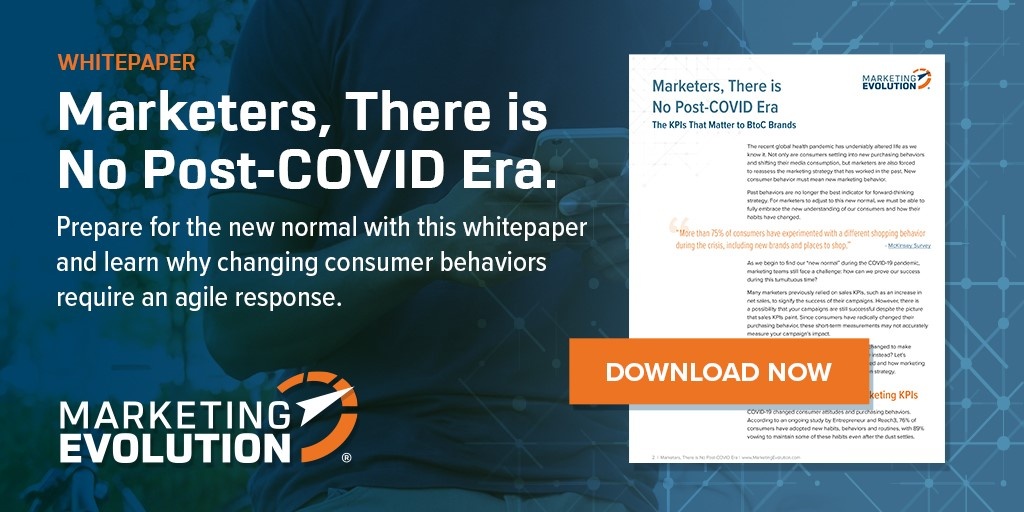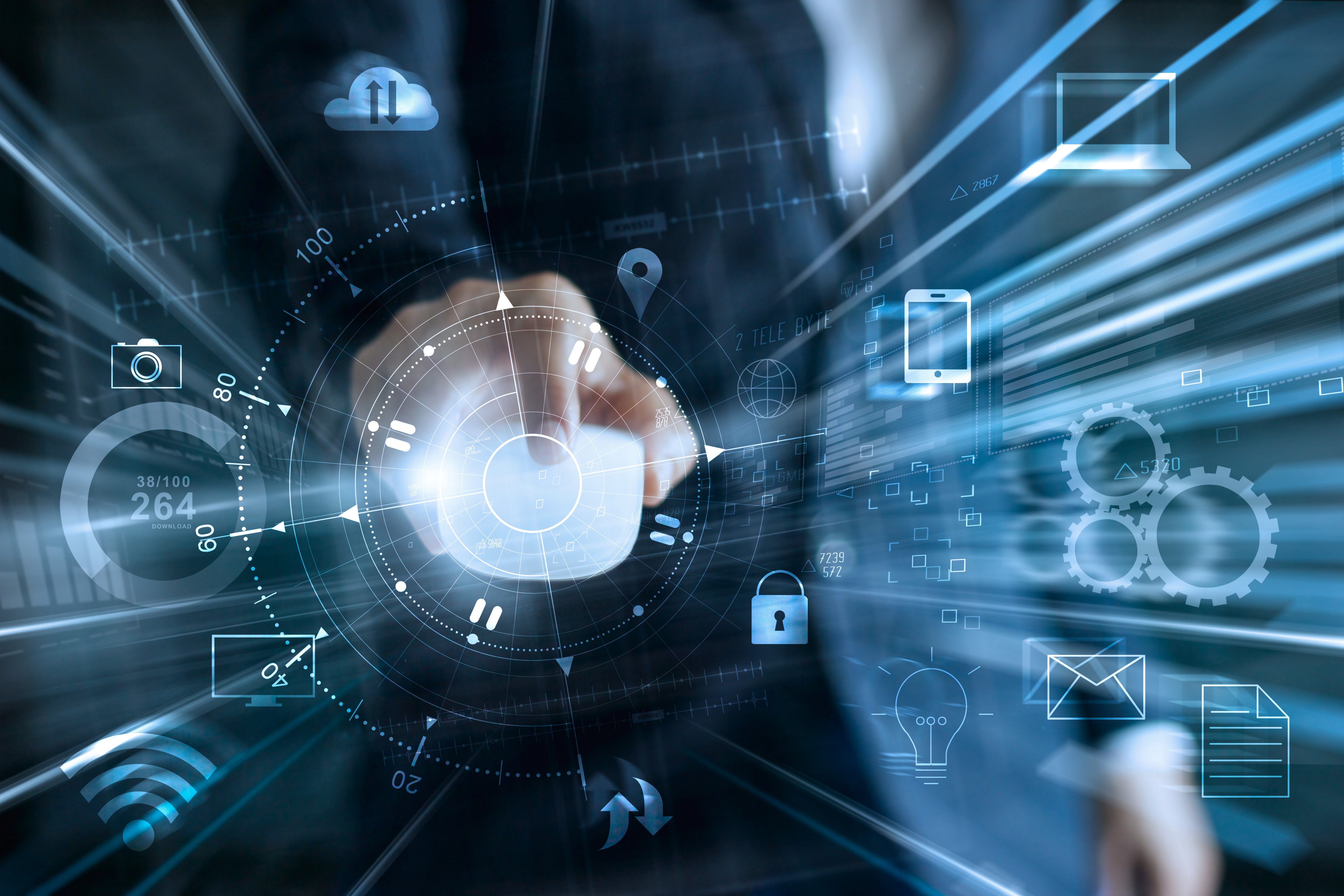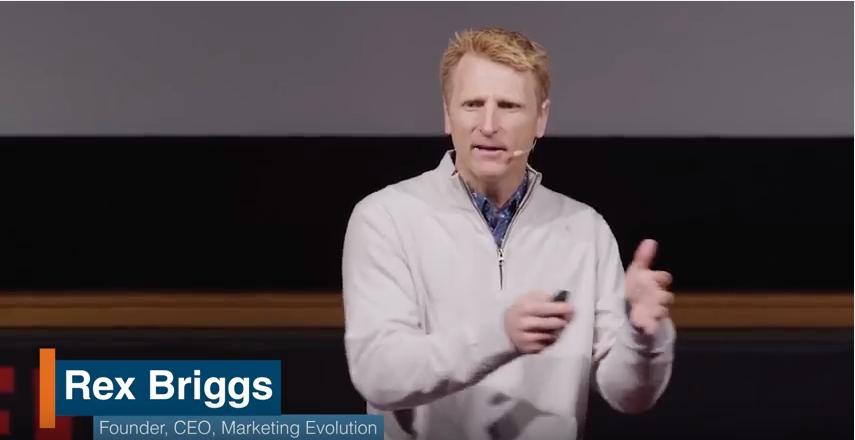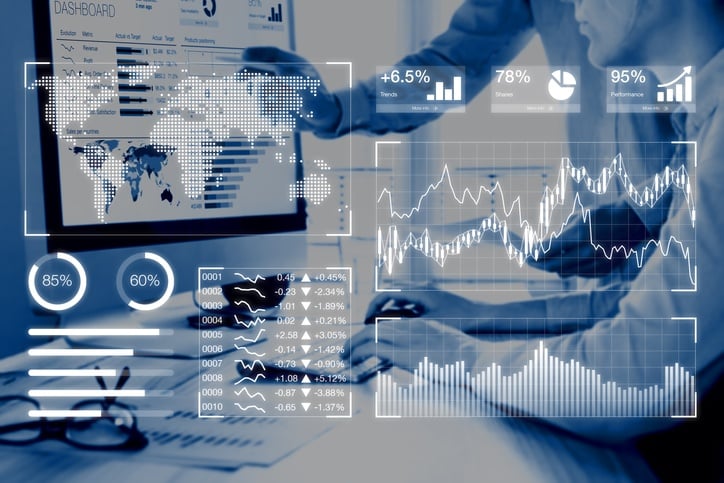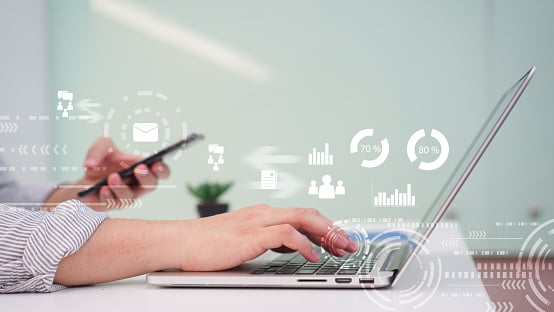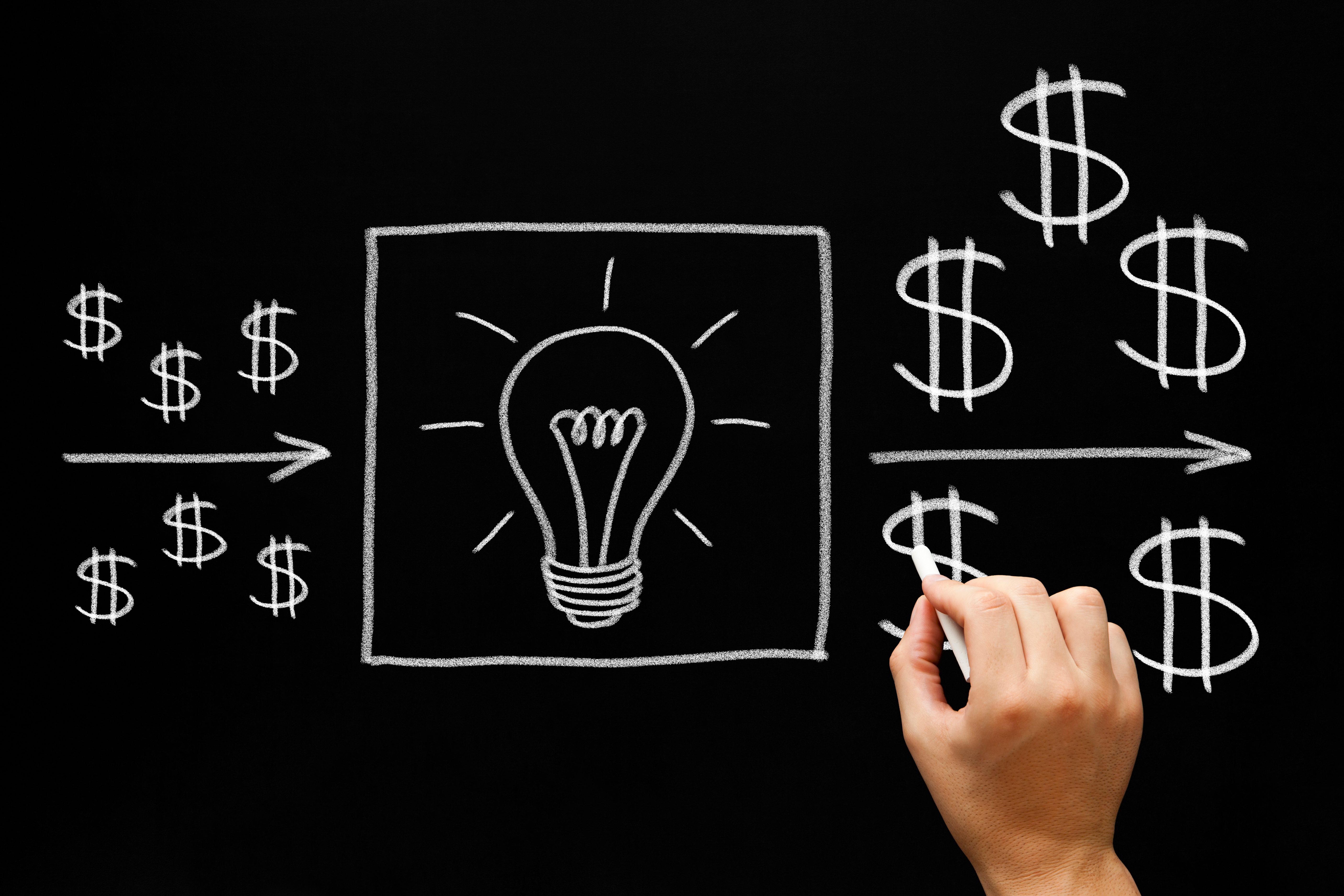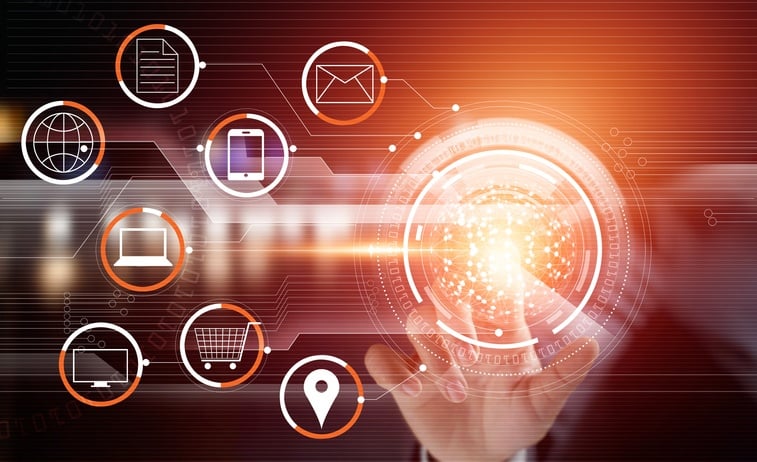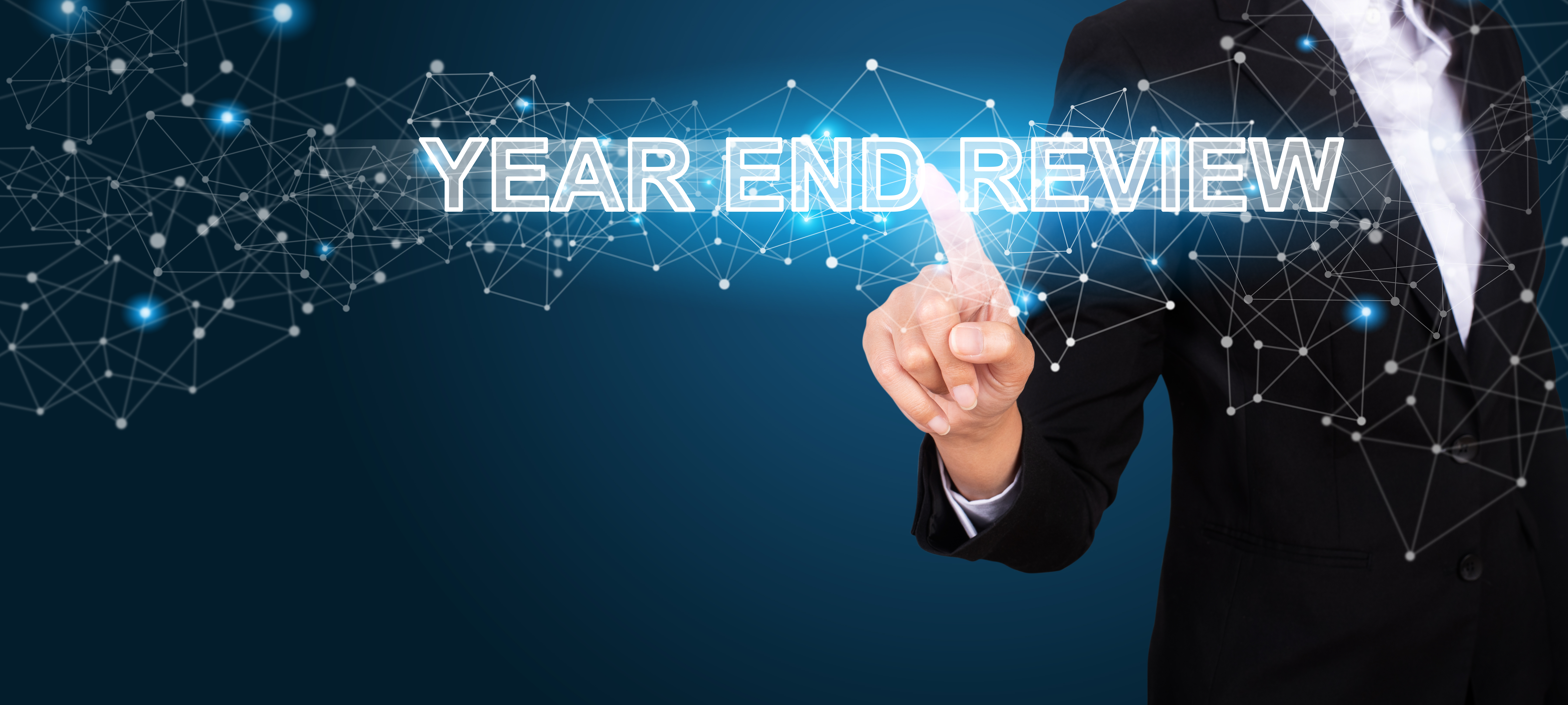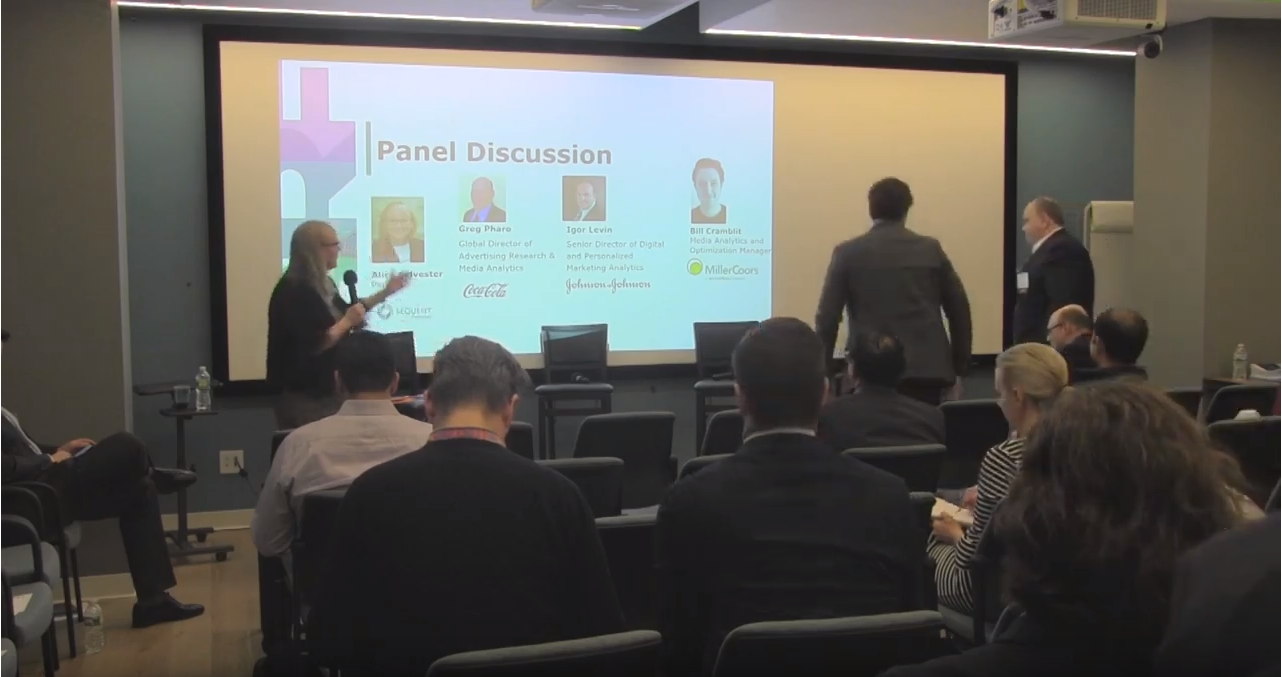Navigating Uncertainty with Bayesian Learning
Learn how Regions Bank Perfected their customer journey
In today’s volatile business environment, marketers must be able to detect shifts in consumer behaviors and attitudes while finding new ways to adapt to these changes. However, many marketers simply don’t have the tools and technologies required to adapt to an unpredictable marketplace.
Previously, societal or political disruptions would either cause minor changes in consumer attitudes over time, or drastically change behavior for just a week or two at a time. For that reason, many marketers found that they could rely on marketing analytics platforms that used reinforcement-based frameworks. These solutions would synthesize historical data with new insights, which was an accurate way to depict gradual shifts in consumer attitudes.
However, a variety of changes in the political and social environment have made some sets of historical data completely irrelevant. Furthermore, emotions are running high around the world – and this could easily lead your campaigns astray.
There is a solution: Bayesian learning and forgetting. This framework will help marketers understand how receptive a customer is to certain marketing messages based on real marketing intelligence and recommendations.
Let’s take a look at how a marketing analytics platform that leverages Bayesian learning and forgetting can help you make the most of your marketing budget:
Why is Bayesian Learning and Forgetting Useful?
When the world is rapidly changing, you need data to track the pulse of the consumer – but the data that was relevant in previous weeks may not be relevant in the coming week. Let’s examine a quagmire that many airlines found themselves in during the beginning of 2020.
Airlines know that many people plan their vacations in July. Their target audience worked hard for over half of the year, and their children are on break from school – creating a recipe for a relaxing vacation. If an airline referred to their historical data, they would see that people begin planning these vacations and buying plane tickets and hotels in March. So, launched their typical ad campaigns and continued with business as usual.
But the data they relied on to guide these ad buys failed to illustrate that 2020 was shaping up to be a different year. As of March 1st, some consumers were purchasing plane tickets, while others became more apprehensive. However, airlines did not see this, as they didn’t give proper weight to the growing apprehension of their target market – and just two weeks later, large segments of their customer base were hit by a wave of uncertainty and hunkered down, stayed home, and submitted returns for their plane tickets.
A poorly planned marketing strategy isn’t just a misuse of funds – it can even be offensive to the customers you need to win over. If people read an advert asking them to buy tickets now to save money later, some may become upset that the airline is failing to adhere to public health recommendations while they are reminded that they won’t have a typical vacation due to COVID-19.
To avoid a blunder like this, you need the ability to evaluate existing customer data on an ongoing basis and remove any irrelevant data while reinforcing relevant data. This will help you develop creative while leveraging advertising techniques that will strongly resonate with customers and avoid insensitive, counterproductive messaging.
How Bayesian Learning and Forgetting Works
Bayesian learning and forgetting is a statistical model that utilizes Bayes’ theorem to predict the probability of an event, or the legitimacy of a hypothesis. It’s used in healthcare, computing, and similar industries that rely on granular statistical analysis. It uses a mixture of fixed insights, new insights, and prior insights to align new information with existing information, and detect which information is relevant and which information is not.
The model thrives on high volumes of information and requires a steady stream of data for most applications. When the algorithm collects more data, it builds upon its available knowledge and reinforces insights that have proven to be useful, while eschewing those that have been less useful. As time goes on, it will produce increasingly high-quality insights that can be relied on for accurate forecasting and predicting.
The ability to analyze these insights quickly is key, especially if you are assessing an environment that’s continuously in flux. The algorithm should assess large datasets on at least a weekly basis for best results, although some industries run this statistical analysis on a more regular basis if the highest degree of accuracy is crucial to their desired outcome.
The Benefits of Bayesian Learning and Forgetting in Marketing
At its core, Bayesian learning and forgetting combined with an advanced marketing analytics platform is the key to helping marketers make the most of their investments by assessing consumer data from a variety of sources. This can include television placements, social media ad placements, or even the conversations that are taking place in your inbound call center.
A marketing solution that utilizes Bayesian learning and forgetting can evaluate shifts in consumer engagement, and then provide new recommendations regarding where to place your marketing dollars. It should also provide in-depth insights into the messaging and creative assets behind these advertisements to find what aspects customers respond best to. This will help you determine which opportunities and consumer attitudes are bygones, and which are still relevant today.
Final Thoughts
Today’s world has many sources of change, ranging from social justice movements, to privacy demands, to the effect of COVID-19. Marketers shouldn’t think of 2020 as a strange year in marketing – rather, they should think of it as the beginning of an upheaval of the marketing status quo. Many of the changes that are occurring today have been in customer’s minds for decades, and now those ideas are coming to fruition.
2020 isn’t a fluke – it’s a sampling of what’s to come. For years, marketers lived in a world where consumer attitudes changed at a gradual pace. Today, they are experiencing years’ worth of attitudinal changes in mere weeks. If marketers want to be able to walk in lockstep with their target consumer, they need to react to changes in behavior the moment it takes place. Is your team prepared?

